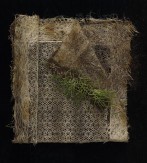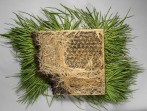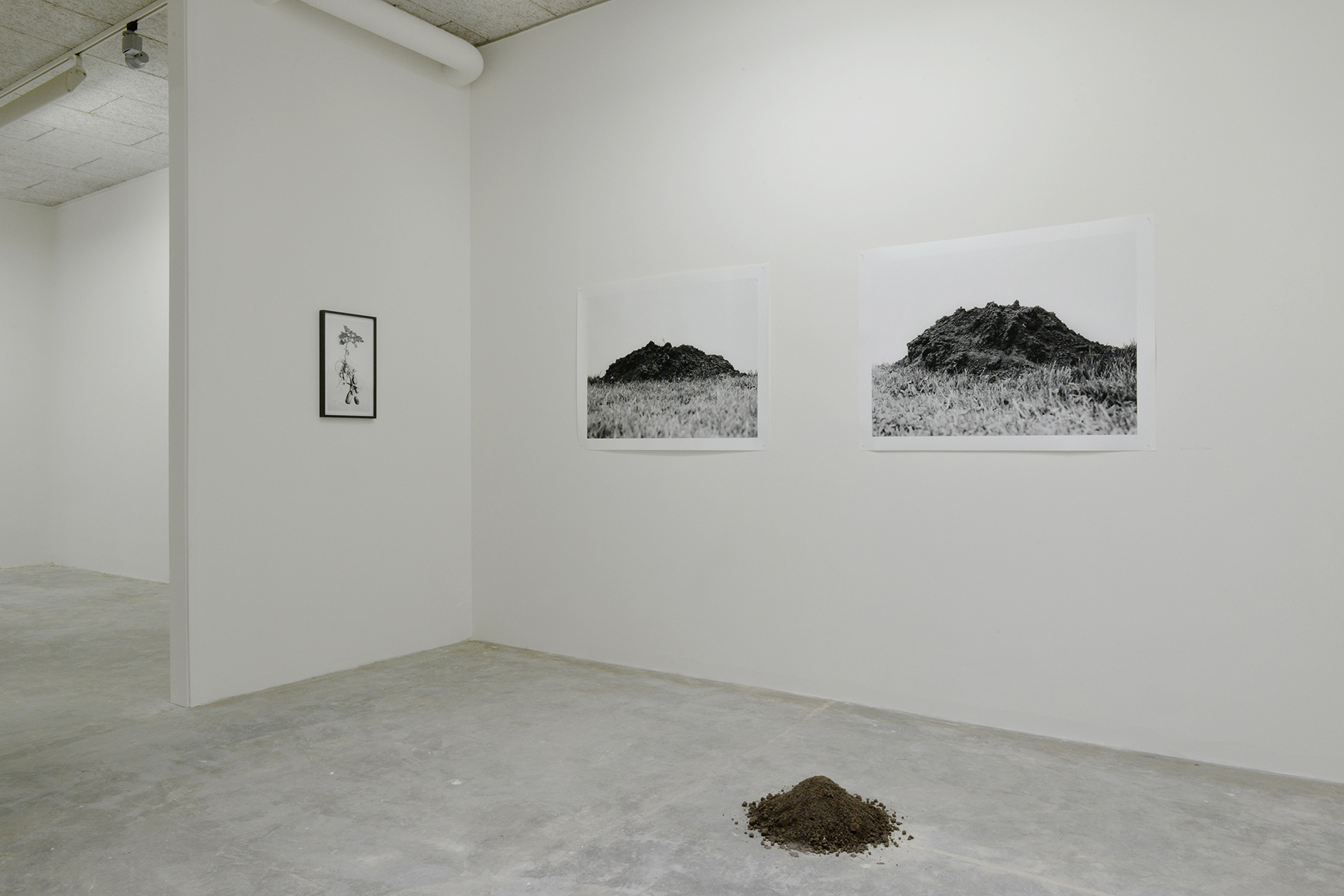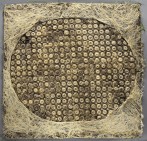

150 x150 photography


detail
Charles Darwin was the first to watch the behaviour of plant roots. In his book The Power of Movements of Plants, he describes how roots do not passively grow down, but move and observe. A root navigates, knows what’s up and down, observes gravity and localizes moisture and chemicals. Darwin discovered that plants are a lot more intelligent, than everybody thought. For contemporary botanists, this buried matter is still a wondrous land. There is a global investigation to discover this hidden world. I also want to explore it and apply the ‘intelligence’ of plants in my work.’
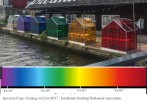

#1


#2
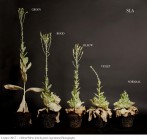

#3


#4
With this botanical test I investigate how different colors of wavelengths influence the shape, taste and medicinal powers of different plants. Photosynthesis: the process in plants that turns sunlight into chemical energy. It influences the shape, structure and colour of plants and explains why fauna in the tropics is often green and plentiful and turns yellow and sparse when placed in the dark. But what would happen if they are cultivated in the light of a specific colour? For this project we builded six greenhouses in which different plants are grown. Each greenhouse consists of a different coloured stained window, in order to stimulate the growth of a variety of vegetables, herbs and weeds.
This work is realized in collaboration with Radboud University Nijmegen, Stichting Mediamatic and supported by the Mondriaanfoundation.
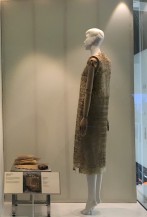

#1
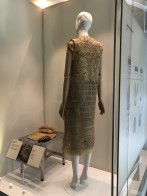

#2


#1


#2


#3
Nurture Studies, 35 images Van Zoetendaal Publishers.
With Nurture Studies, Scherer presents an archive of flowers she has grown from seed over a six-month period. Rather than letting the flowers grow in open soil, she has forced each plant to develop within the confines of a vase. Only at the end of the process does she remove the plant’s corset, exposing roots that retain their shape as an evocation of the now absent vase.
The floral portraits form a pendant to earlier photo series in which Scherer opted for much rawer imagery, things like young girls lying on the ground with their backs to the camera, collapsed like rag dolls, so that viewers almost automatically think of them as victims (Mädchen, 2002-2007). In Nurture Studies this confrontational imagery has made way for subtlety. Although the flowers, with their exposed roots, look just as fragile as the girls, Scherer avoids any semblance of drama, mainly by the objectivity of her photographic style, arranging the plants upright in the frame and photographing them with a technical camera. This approach is consistent with the orderly way collectors catalogue their objects.
Behind this objective methodology, there is a great deal of emotion at work. More than anything else, Scherer’s process of collecting, nurturing and documenting is a display of tenderness, ritualistic love that remains hidden to the viewer, but still infuses the vulnerable final images with its almost tangible presence.

